Say I have an oscillator that needs to span between 1 GHz and 1 Mhz. Ill be controlling it with a microcontroller, probably an arduino. According to this, http://faculty.mu.edu.sa/public/uploads/1400394697.1447Ch16%20-%20Oscillators.pdf, there are 2 pieces to an oscillator, the amplifier and the feedback circuit, which actually produces the oscillations. I think I can use a crystal tank to span from 1MHz to 1GHz. Here are my questions:
- Can you use a varactor diode in a tank circuit to change the frequency of oscilation using an arduino?
- Can you use a varactor diode to change a crystal tank circuit's frequency from 1MHz to 1GHz?
- Can a crystal circuit span between 1GHz and 1MHz using a varactor diode?
This is kind of hard to explain and I'm new to this so sorry if it is hard to understand. If you need clarification just ask. Thanks, Brody.
